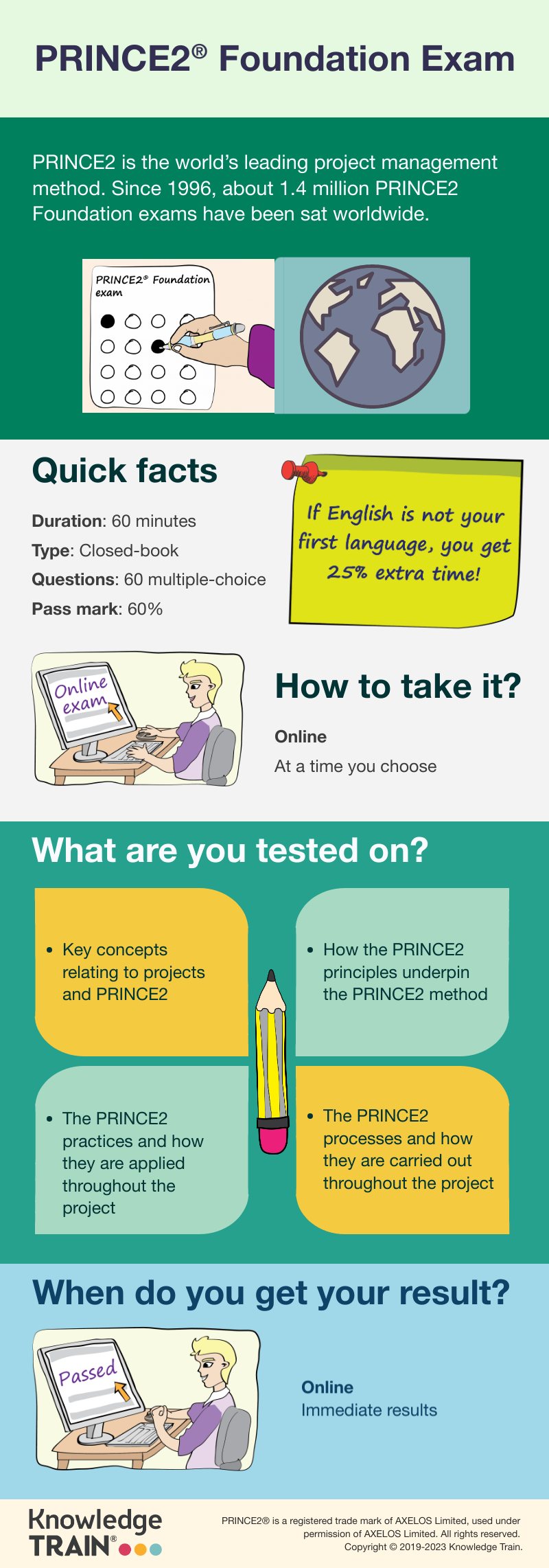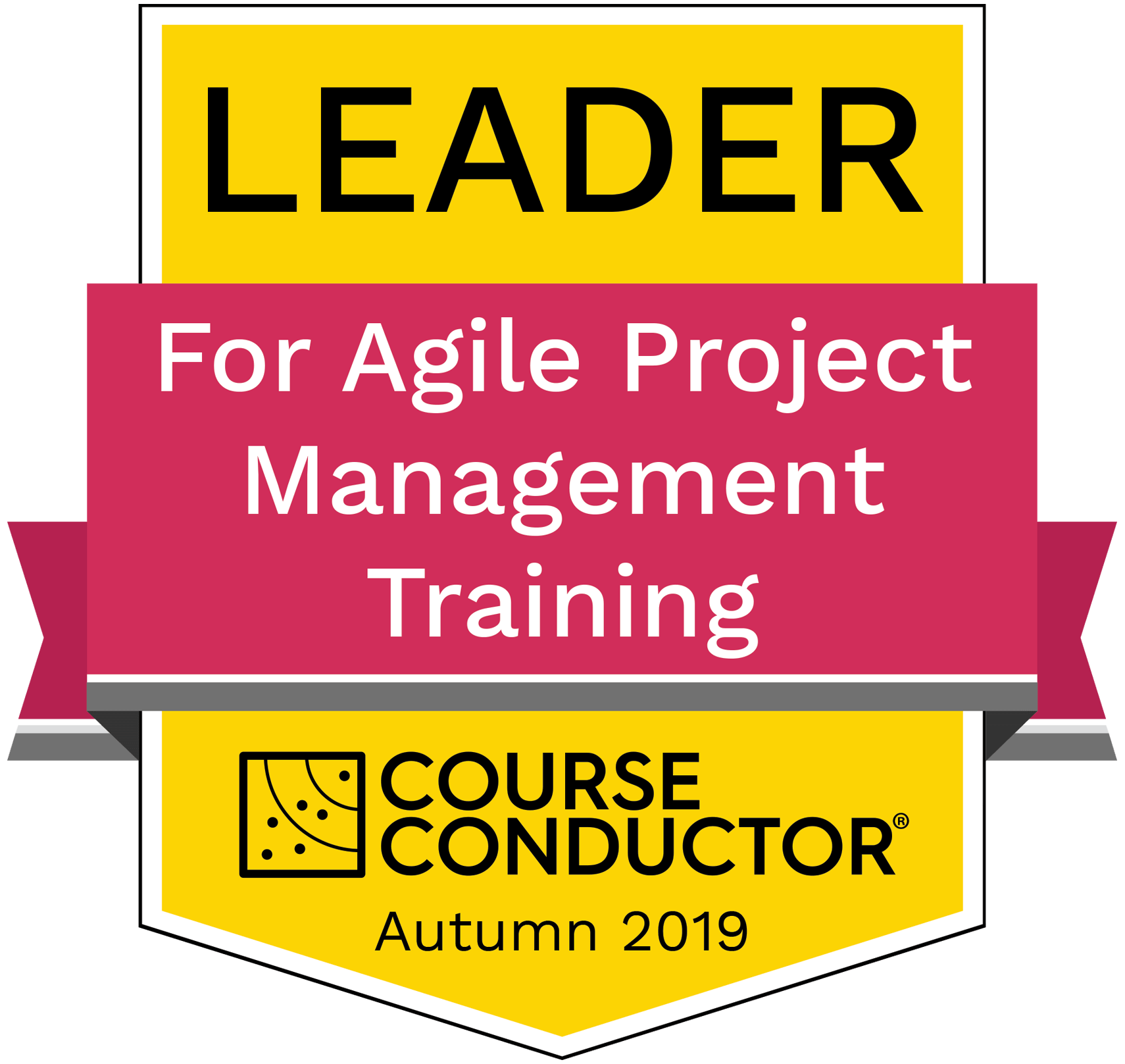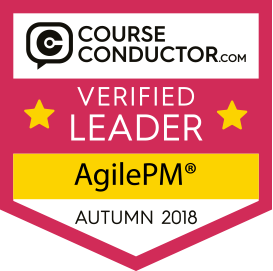
Introduction
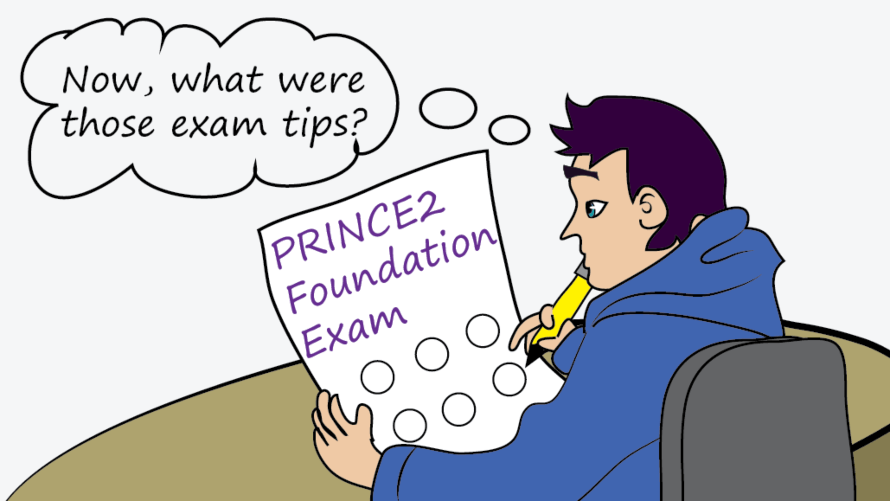
If you like this article, please link to this page, or share it on social media. Please note that this article was updated to reflect changes in PRINCE2 7th edition released in September 2023.
Exam pass rates
In the UK, the national average PRINCE2 Foundation exam pass rate is 97%. You don’t want to be one of the unlucky 3%. In addition, candidates who score highly on the Foundation exam are also likely to do better on the harder Practitioner exam.
In fact you shouldn’t worry too much if you attend one of Knowledge Train’s classroom PRINCE2 Foundation course or study PRINCE2 Foundation online training because our exam pass rate is over 99% for both.
Exam tip – aim for the highest mark you can on your Foundation exam by using this guide to help you.
Topics to know
The PRINCE2 Foundation exam assesses whether your knowledge and understanding of the method is sufficient to be able to work effectively with, or as a member of, a project management team working within an environment supporting PRINCE2.
The exam addresses each of the following areas. The percentage of questions for each topic on an exam paper is shown.
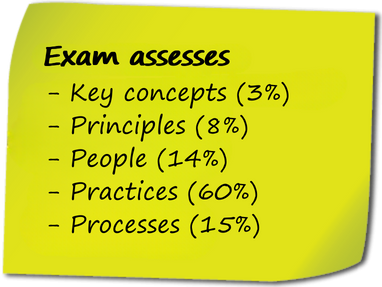
| Learning outcome | Percentage of questions |
| Understand the key concepts relating to projects and PRINCE2. | 3% |
| Understand how the PRINCE2 principles underpin the PRINCE2 method. | 8% |
| Understand the importance of people in successful projects. | 14% |
| Understand the PRINCE2 practices and how they are applied throughout the project. | 60% |
| Understand the PRINCE2 processes and how they are carried out throughout the project. | 15% |
If you want a detailed understanding of the Foundation syllabus you can download a copy from AXELOS.
Exam tip – learn all about the PRINCE2 by reading our free PRINCE2 study guides which can be downloaded as free e-books: PRINCE2 principles, PRINCE2 practices, PRINCE2 People, and PRINCE2 processes.
Question types
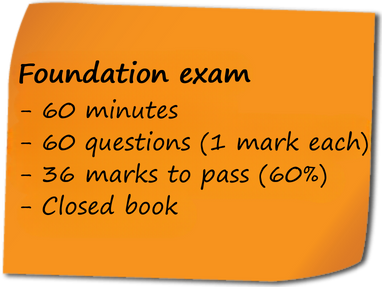
The exam is made up of 60 multiple-choice questions, which you must complete in 1 hour. All the questions are contained within a question booklet.
The pass mark is 60% so you need to score at least 36 correct answers to pass. The exam is closed book, which means that you cannot use the PRINCE2 manual or any other printed or electronic materials during the examination.
The exam contains 4 types of question style: ‘standard’, ‘list’, ‘negative’, and ‘missing word’. The questions are always in multiple-choice format, so you simply need to pick one answer out of the four options given. There are no trick questions on the exam paper and each question only has one correct answer.
‘Standard’ style questions
This is the style of question which you will have answered many times before. For example:
Q. In which of the following processes does the project board choose a suitable risk response?
- Controlling a stage
- Managing a stage boundary
- Directing a project
- Starting up a project
If you remember that the project board only performs one of the seven processes then the answer is straightforward – it’s directing a project.
‘List’ style questions
For example:
Q. Which of the following tasks form part of the product-based planning method?
- i. Writing the product descriptions
- ii. Creating a product flow diagram
- iii. Designing the plan
- iv. Creating the product breakdown structure
- (i), (ii) and (iii)
- (ii), (iii) and (iv)
- (i), (ii) and (iv)
- (i), (iii) and (iv)
For the above question, read the statements i-iv, and then decide which three form part of the product-based planning method. I suggest that you read each of the 4 options and tick the ones you are sure form part of the technique. If there are only 2 options you are sure about, at least you have reduced your last decision to a choice between the 2 remaining options, so pick one of them and then mark your answer accordingly.
‘Negative’ style questions
For example:
Which is NOT a role within PRINCE2?
- Project manager
- Project assurance
- Business manager
- Senior supplier
For this type of question, it is important that you take notice of the word NOT. The word NOT is always bolded to bring your attention to the fact that the question is a negative one.
‘Missing word’ style questions
For example:
Identify the missing word in the following sentence.
A purpose of the [ ? ] practice is to control any unacceptable deviations from the project’s objectives.
- Change
- Plans
- Progress
- Risk
The answer is the progress theme. Even if you couldn’t remember the purpose of the progress theme, you might have been able to get the answer by a process of elimination by asking yourself what the other themes are about (controlling changes and issues, planning what is to be done, controlling uncertainty). As you can see, it really does help to be able to quickly recall your PRINCE2 knowledge quickly.
Exam tip – with limited time and no manual allowed, revision must be top of your exam preparation plan.
Revision
Exam practice
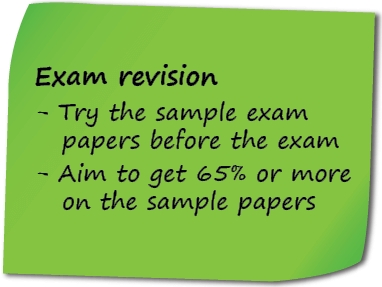
The most common revision method is to practice those exam questions! As the questions are compiled from a limited question bank, the more practice questions you attempt, the more prepared you will be. The PRINCE2 exam board provides 2 sample exam papers to PRINCE2 Accredited Training Organisations, so if you have studied using an accredited training course, these should be provided to you.
In addition, Knowledge Train has developed a further mock Foundation exam which you can also use to practice exam style questions.
Exam tip – practicing sample exam papers helps refine your exam technique. To try a sample exam, click the button below.
Paraphrasing
There will be a considerable number of questions which ask you the purpose of a management product, a practice or a process. Since there are a lot of management products, practices and processes, that’s a lot of purposes to remember! That can be too many things. You need some trusted methods to help you remember so try paraphrasing.
Go to Appendix A in the PRINCE2 manual and one by one, read the purpose of each of the management products. If you don’t understand it, read it again. Then write down in your own words the meaning of the product. Try to write it in less than 10 words.
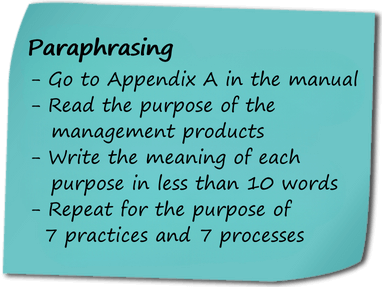
Exam tip – paraphrasing forces your brain to engage with the subject matter which helps with longer-lasting memory retention, and deeper learning.
Try paraphrasing the purposes of the 7 practices and 7 processes too.
Mind-maps
Visual revision tools, such as mind-maps or flow charts can also help. Creating these for yourself will aid your understanding of PRINCE2, and ultimately improve your chances of exam success. Try to create one mind-map for each theme and one for each process.
After you’ve created your own mind-maps you can compare them against the ones we produced inside our themes and processes ebooks.
Exam tip – drawing mind-maps is a great way to aid your understanding of PRINCE2.
Exam timing
There are three things to keep in mind during the exam – timing, question complexity and making sure to answer every question.
Timing is the most important aspect to keep in mind. The exam consists of 60 questions, and there are 60 minutes to answer them. This only allows 1 minute per question. When faced with this small timeframe, it’s best to have a good strategy during the exam which maximizes your chances of scoring highly. The strategy we recommend is the three-pass approach.
The three-pass approach
Pass 1
Go through the entire question paper from start to finish and answer those questions which you feel confident about which only take a few seconds to answer. Mark your answer and leave any questions you are unsure about. Often at the end of this first pass, you might only have spent 15-20 minutes and possibly answered 30-40% of the questions.
Pass 2
Go back to the start and read through the unanswered questions, this time spending 10-15 seconds reading each one. If you don’t understand what it is asking you, read it one more time. If you think you know the answer, mark your answer, otherwise skip to the next unanswered question.
At the end of this pass you will only be left with those questions which take a long time to answer, or you are still not sure about.
Pass 3
Go back to the start and re-read the remaining questions which you haven’t yet answered. When answering a question, by a process of elimination, discount those options which you think are definitely wrong. If you do this, you can often eliminate 2 options straightaway which will leave you with 2 options left to choose from. Read the question and the 2 remaining options one more time and if you really cannot decide guess.
After completing pass 3 you should have answered all questions. Whatever you do, make sure that one option has been selected for all 60 questions in the exam.
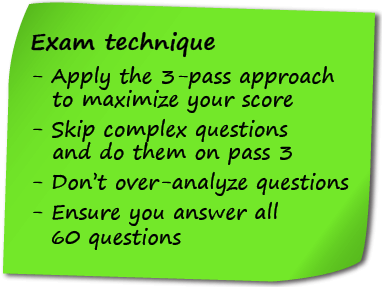
- Apply the three-pass approach to maximize your chances of passing.
- Do NOT spend too long on complex questions – skip them and answer them last.
- Don’t over-analyze questions.
- Think carefully before changing answers. Your initial response is often correct.
- Only select one option for each question and ensure you have filled in your answers correctly.
Preparing well, knowing what to expect and thoroughly understanding the PRINCE2 methodology, will all greatly improve your chances of success. Also, statistics show that high-scorers in the Foundation exam will have a better chance at getting a high score in Practitioner, which is certainly something to keep in mind.
Exam day
On the day of the exam, you must be prepared by having the following:
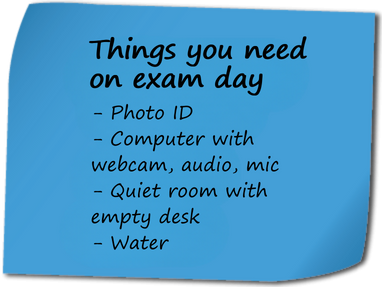
- Photo ID (such as a passport or driving license) otherwise you cannot sit the exam.
- Computer with internet access, webcam, audio with mic
- Quiet room with an empty desk – you cannot have any papers or books on the table
- Water – ensure you have water to drink during the exam. Studies show that students who drink water during exams, on average score 4.8% higher marks than students who don’t drink water. [1]
Exam tip – your brain needs watering so don’t forget to bring water to the exam!
Pre-exam
Just prior to the examination starting, the exam proctor will ask you to show your photo ID, turn your camera 360 degrees to show the room, and will read out the instructions and rules for the exam.
During the exam
If English is not your first language you will automatically get 25% extra time – 75 minutes instead of 60!
Similarly, you may find completing the exam difficult if you have dyslexia or another medical condition. To get the extra time, you must contact PeopleCert before the exam with a report from your doctor or other medical professional proving your condition. This will then get approved by PeopleCert and you will be awarded extra time.
If you fail the exam, you can re-take it at a later date, although you will need to pay the exam fee again.
At the end of the exam, you will not be able to mark any more answers. If you finish the exam early you can submit your answers.
You will receive your exam result on screen as soon as the examination is over. You will receive confirmation by email shortly afterwards.
Conclusion
We hope you have found this guide to passing the exam useful. Thorough knowledge of PRINCE2 and a great exam technique should help you to pass your exam.
Study, effective revision and practicing sample exams will all boost your chances of passing the exam, and achieving a qualification recognised in industries throughout the world.
References
[1] Pawson, C. (2004, April). Bring water into exams to improve your grade. http://www.uel.ac.uk/news/press-releases/2012/04/waterexams.htm
Infographic
